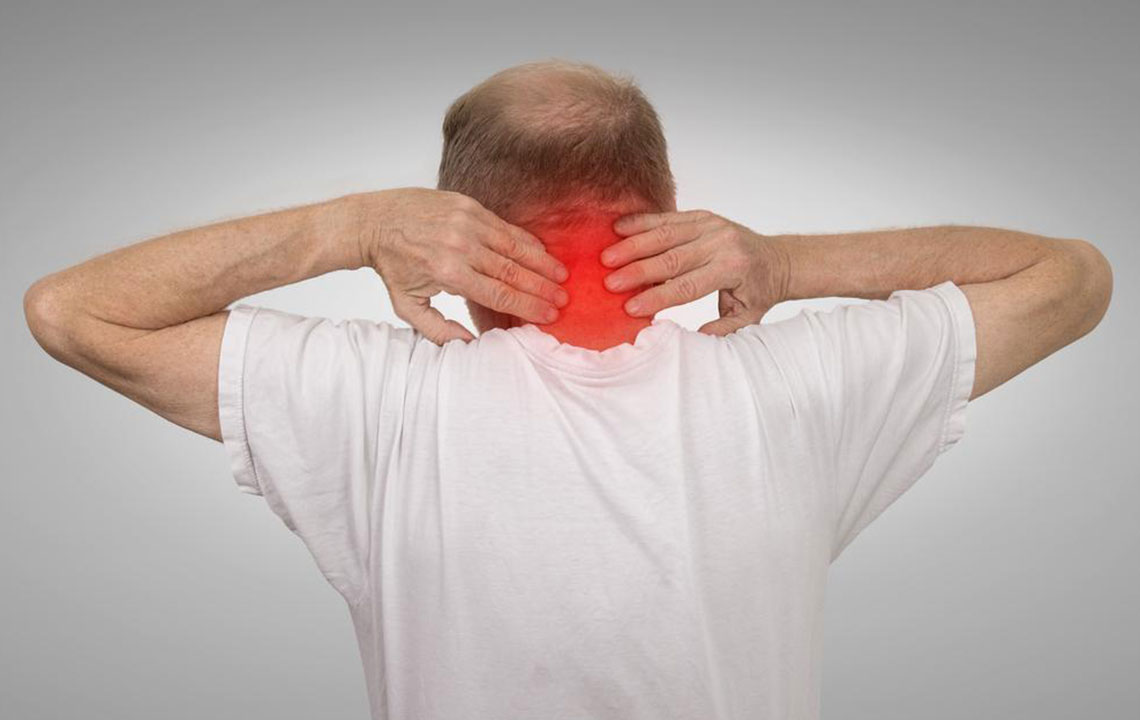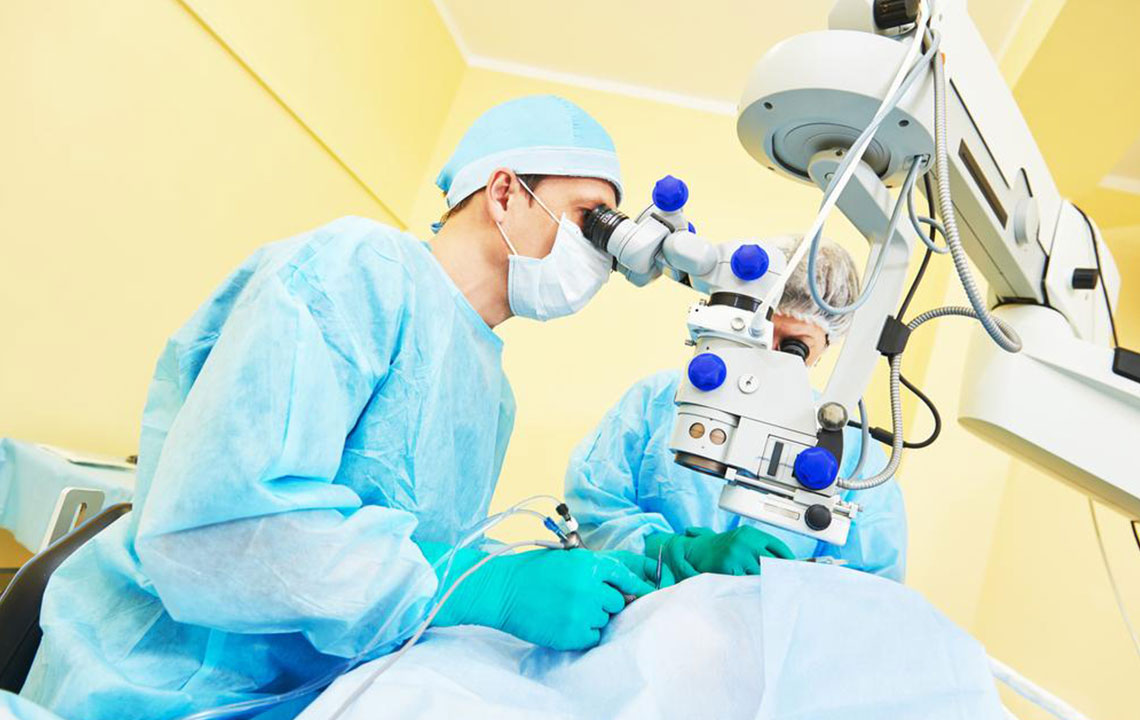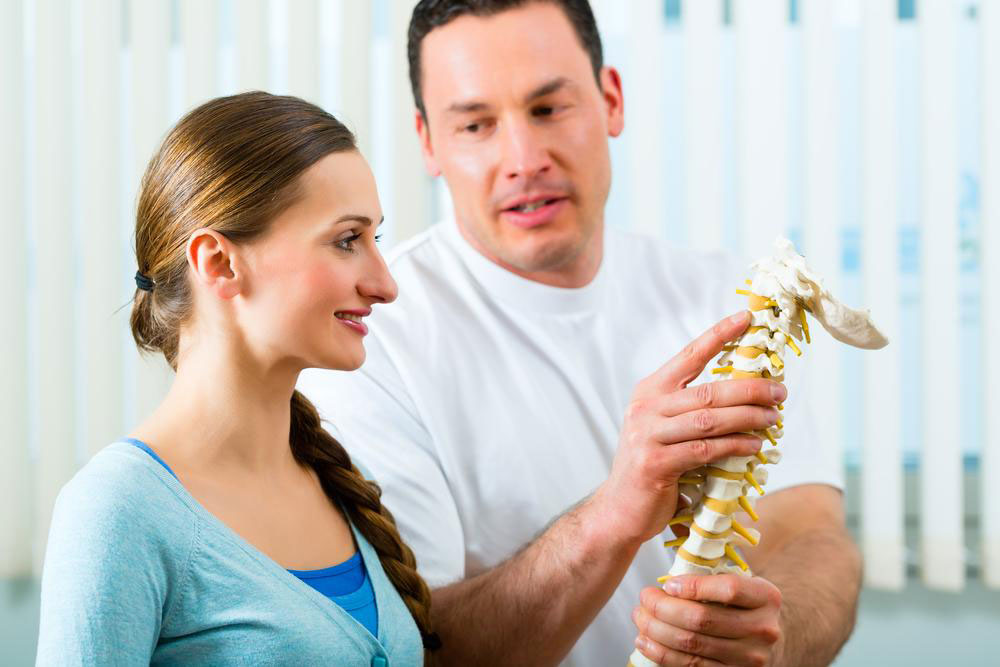Understanding Spinal Canal Narrowing and Its Impact on Health
This article explains spinal stenosis, its causes, symptoms, and treatments. It highlights the importance of early diagnosis and management by chiropractic care to prevent permanent nerve damage. Understanding spinal health and adopting preventive measures can improve quality of life. Learn how activities, posture, and nutrition influence spinal conditions and discover effective treatment options to manage symptoms and protect spinal integrity.

Understanding Spinal Canal Narrowing and Its Impact on Health
The human spine plays a crucial role in supporting the body and facilitating neurological functions. It encases the spinal cord, a key component of the central nervous system (CNS), which transmits signals that control movements, sensations, and vital responses. Damage or issues with the spine can disrupt these messages, affecting overall health and function.
Spinal issues can develop over time, with spinal stenosis being a common and serious condition. Factors like aging, injuries, poor posture, or dislocation contribute to this problem. Spinal stenosis refers to the narrowing of spaces within the spine, impinging on nerves and causing symptoms like pain, discomfort, and mobility issues. It commonly occurs in the neck and lower back, areas bearing the most pressure.
Often, symptoms develop gradually, with some individuals remaining asymptomatic for years. When symptoms such as pain, weakness, or numbness appear, consulting a chiropractor becomes essential. Early diagnosis can prevent worsening and permanent nerve damage.
Activities like prolonged sitting, poor posture, or nutritional deficiencies can contribute to spinal stenosis. Chiropractors are specialized physicians trained to diagnose and treat neuromuscular conditions through manual adjustments and therapies. Most patients seek treatment early, focusing on pain relief, spinal mobility, and training on supportive techniques. Treatment may include diet plans, exercises, ergonomic advice, and therapies.
Spinal stenosis has different types based on cause and location. The main types are:
Cervical stenosis: affects the neck region, leading to neck pain and neurological symptoms.
Lumbar stenosis: occurs in the lower back, and is most prevalent among adults, causing lower back pain and leg weakness.
Progressive wear and tear, combined with pressure on the spinal nerves, are primary causes. The condition can last from weeks to years, affecting quality of life. Treatment options vary, including medications, manual therapies, surgery, and lifestyle modifications. Preventive measures like regular exercise, maintaining good posture, massages, proper diet, and avoiding excessive strain are highly recommended.










